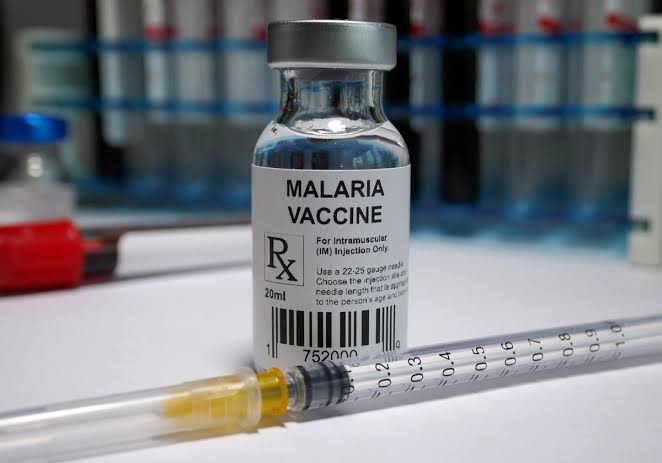Health
Virologist wants upgrade of new malaria vaccine

Dr Solomon Chollom, a Jos-based virologist, has called for the upgrade of the new malaria vaccine to what he called a “pan-malarial vaccine.”
Chollom explained that the “pan-malarial vaccine” is a vaccine that would confer protection against more than one strain of Plasmodium which would take care of all the species of Plasmodium that are responsible for malaria fever globally.
Dr Chollom, who is also the spokesman of the Plateau Inter-professional Health Committee on COVID-19 Response, made the call in an interview with our correspondent on Tuesday in Jos.
He said that the recently approved malaria vaccine, RTS, S by the World Health Organisation (WHO) which is also called Mosquirix, was worth celebrating.
He, however, said that the new vaccine, though safe and efficacious, could not be completely relied upon to treat malaria because it was only efficacious against Plasmodium Falciparium, which was just one of the four species of Plasmodium responsible for malaria.
“The vaccine cannot be completely relied upon to eradicate malaria globally since it confers protection against just one of the four species of Plasmodium responsible for malaria fever globally.”
“It is then pertinent for the upgrade of the vaccine to a ‘pan-malarial vaccine’ that would confer protection against all species of Plasmodium responsible for malaria fever globally.”
“When this is done, we will be looking forward to the eradication of malaria and not merely scaling down on the global burden,” the virologist said.
According to him, upgrading the vaccine to a “pan-malarial vaccine” is better and shorter because mosquirix is only a subunit, not a whole vaccine.
“This way, the antigenic units of other species of Plasmodium not captured in the present formula could be processed to enrich the formula for more effective immune response against all malaria-causing species and strains of Plasmodium,” he said.
He further said that based on the information released on the new vaccine’s clinical trials, which indicates a 77 per cent efficacy, it means that it is above the threshold of 75 per cent.
This, he said, implied that the product was well formulated with good prospects.
Chollom said that since the vaccine was highly recommended for children, there was need to recalibrate the formula to scale down on the number of shots needed to achieve maximum immune response.
“At the moment, children must take four shots of the vaccine, which is cumbersome and could create attrition and dropout as children are known to have phobia for injections,” he added.




 Davido's Net Worth & Lifestyle
Davido's Net Worth & Lifestyle 
